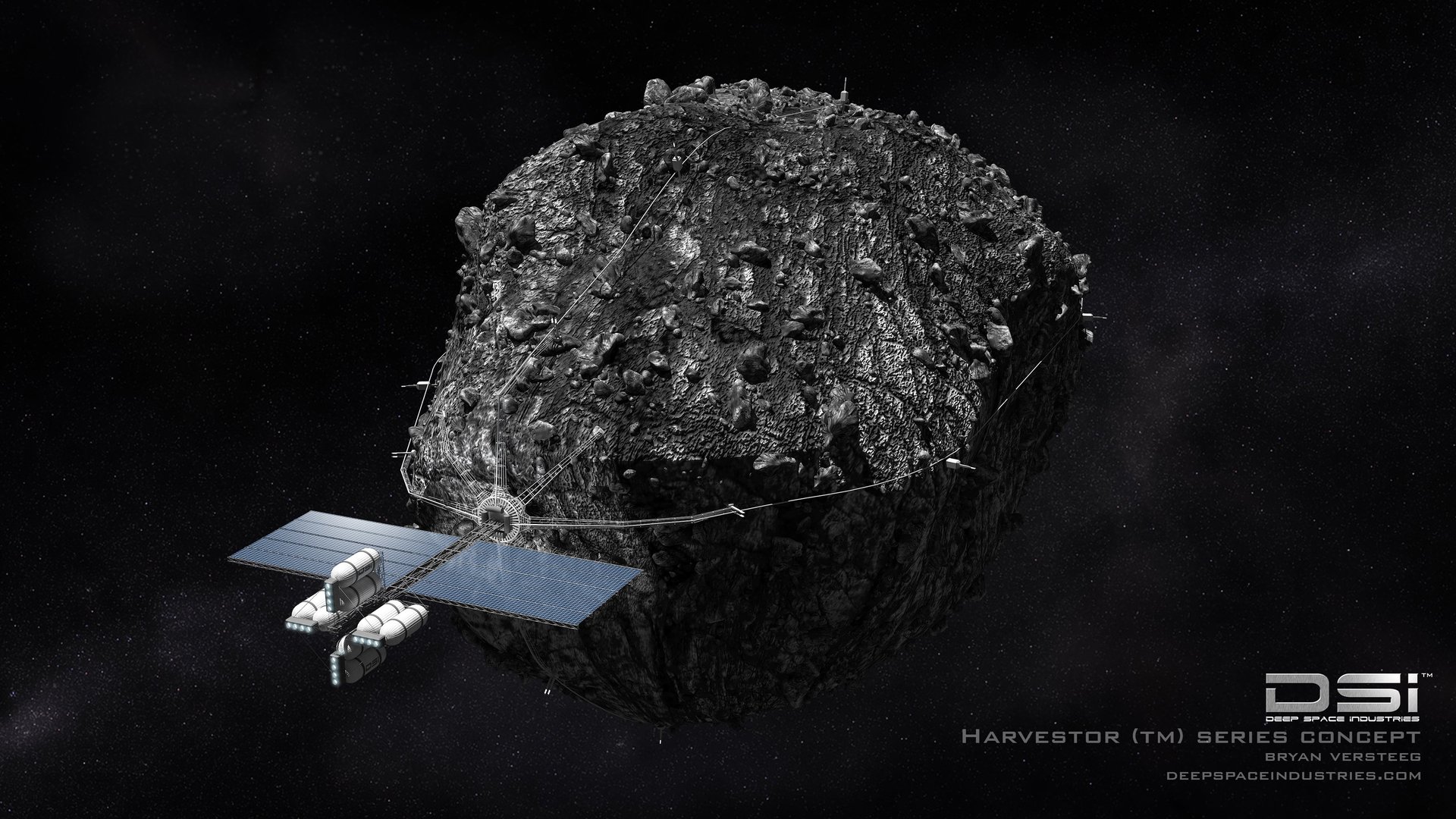The crazy economics of mining asteroids for gold and platinum
This article has been corrected.


This article has been corrected.
Not one but two companies have now decided that they’re going to mine asteroids to collect gold and platinum. The aptly named Deep Space Industries joins Planetary Resources in the competition for meteor material—and we wish them the best of luck. But we’re a little concerned here; a NASA mission to an asteroid to bring back 2 kg of material in 2021 is expected to cost the space agency $1 billion. Before we turn over billions of dollars as angel investors, we’d like to run some math on this venture.
These mining ventures aim to bring back resources like platinum, water, and gold. At market close Jan. 24, one troy ounce of platinum sold for $1681.30, and 32.15 troy ounces equal 1 kg. Even if NASA could bring back 2 kg of pure platinum, it would only net $108,107.59. Clearly that’s not going to bring in the big bucks. But we’re going to consider that private companies might be able to mine galactic material more cheaply—US government spending is hardly known for its efficiency—so bear with us.
Now, the risk of an asteroid being steered off course and crashing into the Earth, though unlikely, is not one we’d really like to run. So we capitalists would rather not screw around with anything remotely close to the size of the Chicxulub meteor, which killed off the dinosaurs 65 million years ago and was probably about 15 km wide.
For this reason, Deep Space Industries has said that it will initially target very small asteroids of 10 meters or less:
These sorts of asteroids hit the Earth every day, but disintegrate and burn up high in the atmosphere. The meteorites that do survive passage to the surface generally come from much larger objects, 30 or more meters, and even those are blasted into smaller pieces before they reach the ground. It takes a really large meteorite (50 or more meters in diameter, depending upon its composition and structure) to actually impact the Earth hard enough to make a crater.
So if a mining operation could mine a roughy spherical asteroid with a diameter of 10 meters, and if the entire asteroid were made out of minable material (we’re going to say platinum), how much money would that company be able to bring back?
The density of platinum is 21.45 grams per cubic centimeter. (Okay fine, science nerds—that’s at room temperature, but in space we’re going to assume it’s still a solid and therefore reasonably similar. Deal with it.) If we assume that an entire spherical asteroid with a 10 m diameter (about 523 cubic meters) is made of platinum, and that one of these asteroid miners could harvest the whole thing, then they’d get about 11.2 million kg of platinum. At current market rates, that comes out to $605 billion.
Of course, this is wildly optimistic. Although asteroids of pure metal exist, they’re most likely to be mixes of roughly 90% iron and 10% nickel. A tenth of our asteroid (52.3 cu m, or 466,000 kg) made of nickel would be worth about $8.1 million at last month’s market rates. The iron—well, iron ore is so cheap that it hardly adds anything.
So it’s a little harder to make the commercial case. It’s also likely that a massive influx of any of these materials would deflate its market price. Still, this is not the same order of crazy as building a Death Star (price tag: $850 trillion). What’s more, private companies are taking a bigger role in space exploration and galactic commercial ventures; SpaceX has already delivered commercial cargo to the International Space Station.
We were prepared to laugh at the plans proposed by Deep Space Industries and Planetary Resources. But hey, who knows? No wonder the latter counts Google Executive Chairman Eric Schmidt, Google CEO Larry Page, and one-time US third-party presidential candidate—and Texas billionaire—Ross Perot as its investors.
Correction: An earlier version of this piece mis-stated the price of platinum as $1681.30 per 50 troy ounces rather than per troy ounce, which made the value of a pure-platinum asteroid come out to $12.1 billion instead of $605 billion.